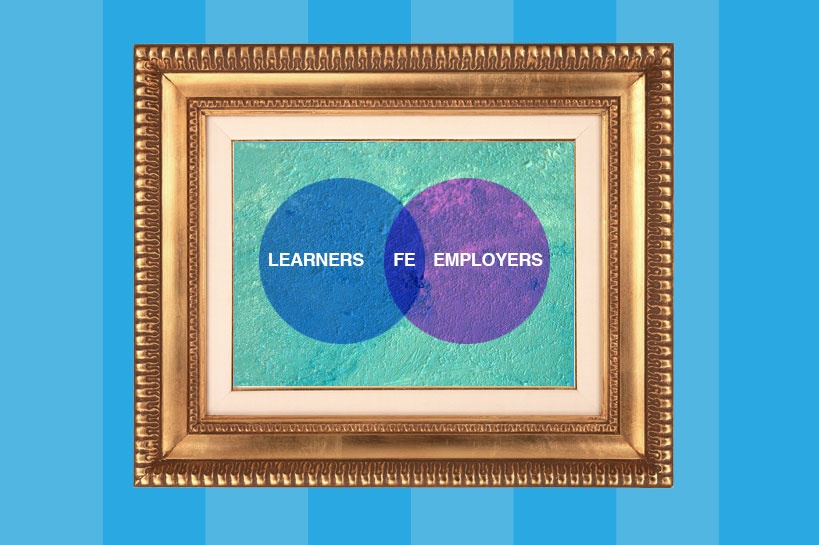
Further education – a tale of two audiences
Further Education colleges deliver education and vocational training for 16 to 24 year olds. As well as adult learning both on a full and part-time basis.
Colleges have invested heavily in ambitious capital redevelopment programmes in the last few years. To improve their facilities and help attract learners.
But the Further Education landscape is changing leaving many facing an uncertain future.
Colleges now face:
A reduction in public funding
The government is cutting the national adult skills budget by 40% over the next few years. With 18-year-old funding already reduced by 17.5%.
Employers controlling their own training budgets
Apprenticeship funding will go directly to employers who also need to make a contribution. This means they can fund their own programmes and select the best training providers for their needs.
Academy schools
Academy schools receive more generous funding for pupils under the age of 16. Many have built up significant reserves. Putting them in strong position to compete for 16-18 year old students.
Digital transformation
Online courses are seeing significant growth. With MOOCs (Massive Open Online Courses) and VOOCs (Vocational Open Online Courses) becoming a viable alternative to location-based learning.
Poor perception
Vocational education is often perceived as the poor relation Higher Education (HE). Despite a recognised UK skill shortage and the increase in tuition fees. The three year, full-time, degree model remain in high demand. With parents and students viewing academic education as the preferred route into employment.
If Further Education colleges are to respond to these challenges they must re-frame their offer. By becoming more commercially-minded and making a stronger case for vocational education to both learners and employers.
This could mean:
- Identifying partner employers and forging more meaningful relationships with them
- Becoming more proactive in identifying gaps in business needs
- Finding new opportunities with Small to Medium Sized Enterprises (SME’s)
- Appointing prominent business leaders to their board
- Adapting their provision to reflect growing self-employment
- Developing digital products and services that add value to both audiences
- Providing better career support and guidance to inspire ambition
Colleges use case studies of graduates who have succeeded via the vocational route to promote their offer. But they must now add additional stories. Ones aimed at employers. Articulating, with clarity, that they understand their needs and how they can bring value to them.
Value for learners is the opportunity to enter meaningful employment.
Value for employers is the ability to shape and access a skilled, flexible and motivated workforce.
As a conduit between these two audiences Further Education colleges have the opportunity to ‘own’ this space. Their challenge is to convince learners to invest their time and employers their expertise and money. Do it convincingly and colleges will find that students will attract employers and vice-versa.
